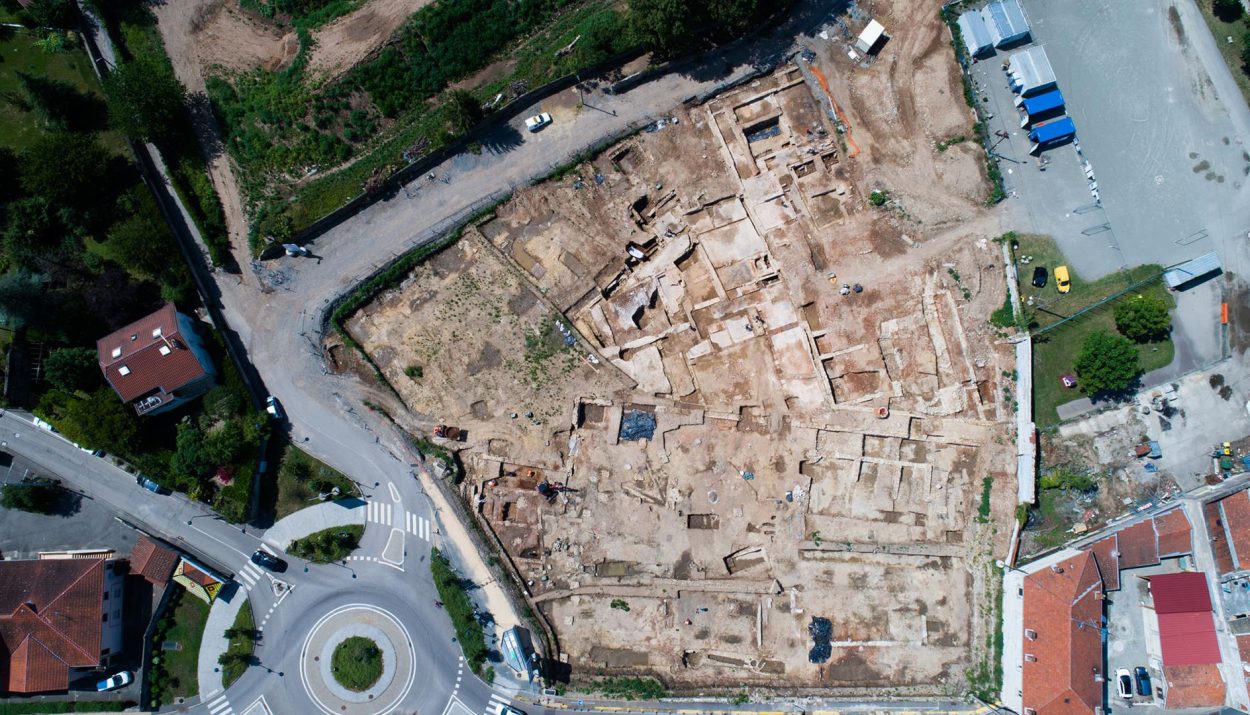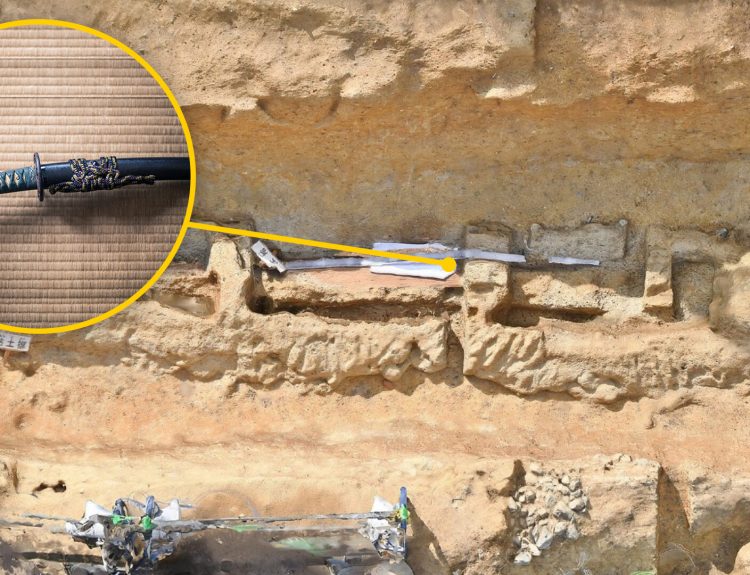Italy is a fascinating country for hundreds of reasons. It’s the home of many of the ancient great artists, has a deep and textured history with many different religions, and is the home of some of the most important historical events in Europe. Its history is so varied that to this day, we’re still discovering its secrets, sometimes in the most unlikely of places.
A Surprising Story Out of a Small Town
Many of the stories out of Italy come from the Vatican, or Florence, or Rome. Big cities with rich history, both in religion and otherwise. It isn’t often that a new discovery is found in tiny, unknown towns in the Italian countryside, but that’s exactly what’s happened.

Sarsina is a town in Italy’s Emilia Romagna region, and it isn’t the first thought for tourism when traveling to the country. It’s a tiny town in northern Italy with a population of less than 5000 people, meaning that though it is quaint, it’s rarely the center of news.
Originally Part of Rome’s Defense
Sarsina was originally formed as a part of Rome’s defensive perimeter, a strategic outpost that ended up playing a big part in providing recruits for the Praetorian Guard. It was also the home of the playwright Plautus, who wrote Bacchides and Captivi, among other works.

Due to its small size, changes to Sarsina are rare. However, recent developments prompted the groundbreaking of a new sports complex and supermarket, and it was in said groundbreaking that developers made a huge discovery.
A Temple Discovered
A pagan-Roman temple dedicated to Jupiter, Minerva, and Juno was discovered in the groundbreaking of the new sports complex. Stacks of stones and limestone blocks were dug out of the dirt, and the Italian authorities were immediately called to take a look at the new discovery.
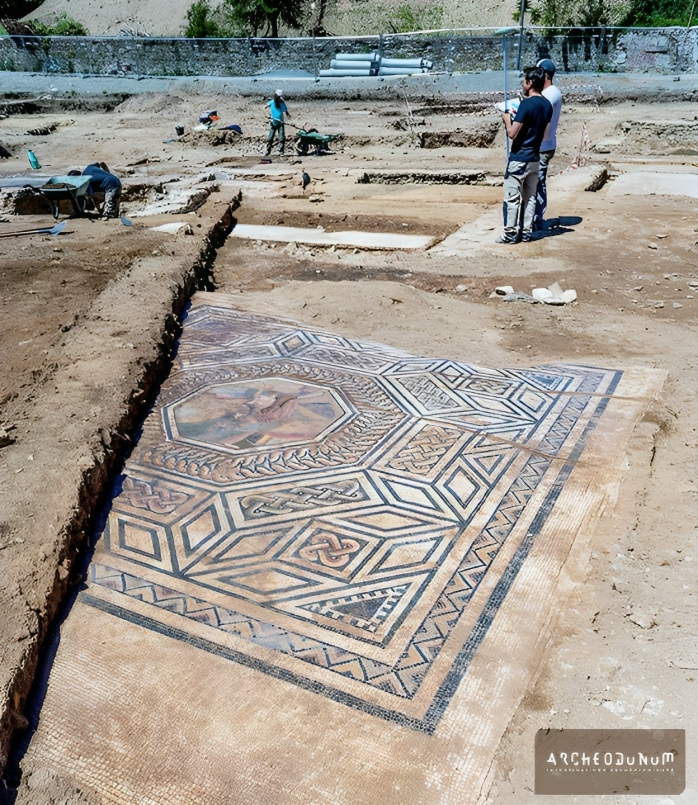
This is the first time in nearly 2000 years that Sarsina has been as intensely in the spotlight as it is over this discovery. The finding is incredibly rare, and a team of archaeologists were immediately organized to start a proper excavation of the monument.
A Team Immediately Sent to Excavate
The team brought diggers and other tools to the site, and were slowly able to uncover three separate rooms. Due to the arrangement of the rooms and the dating of the stones, it is believed that each of these rooms are dedicated to Juno, Minerva, and Jupiter, respectively.
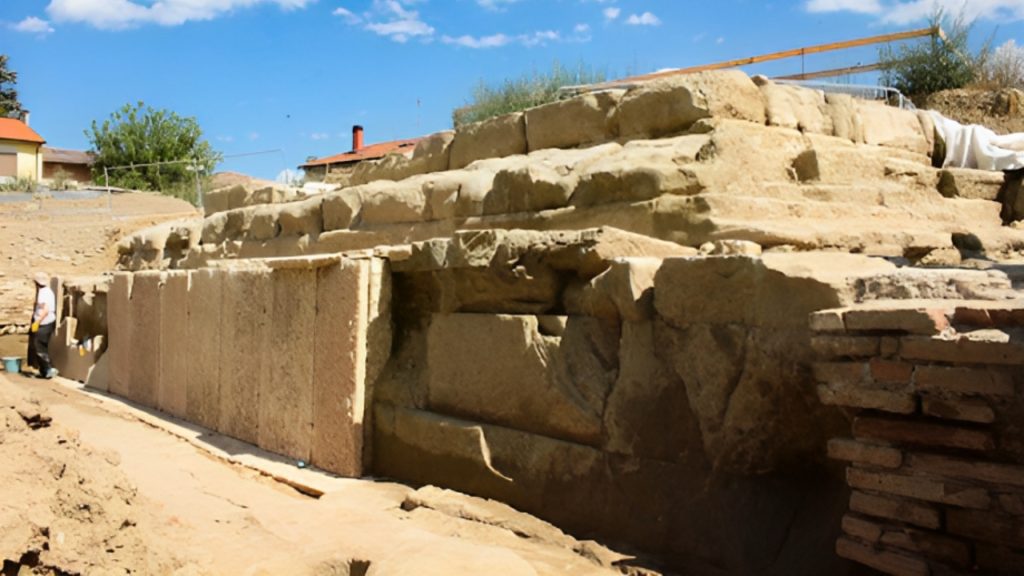
For those more familiar with Greek myths over Roman names, those gods are Zeus, Athena, and Hera, respectively. These Gods were deeply important in Roman culture at the time the temple was built, and this building is far from the only dedication to the worship of pagan deities.
More to be Uncovered, Surely
Continuing excavation of the site revealed a deeper, older layer under the stones that archaeologists believe dates back to the 4th century BCE. At the time, Umbrians – an ancient tribe that predated the Romans – lived in the area. Given the ongoing nature of the excavations, it’s possible that the ruin is much larger than already believed.
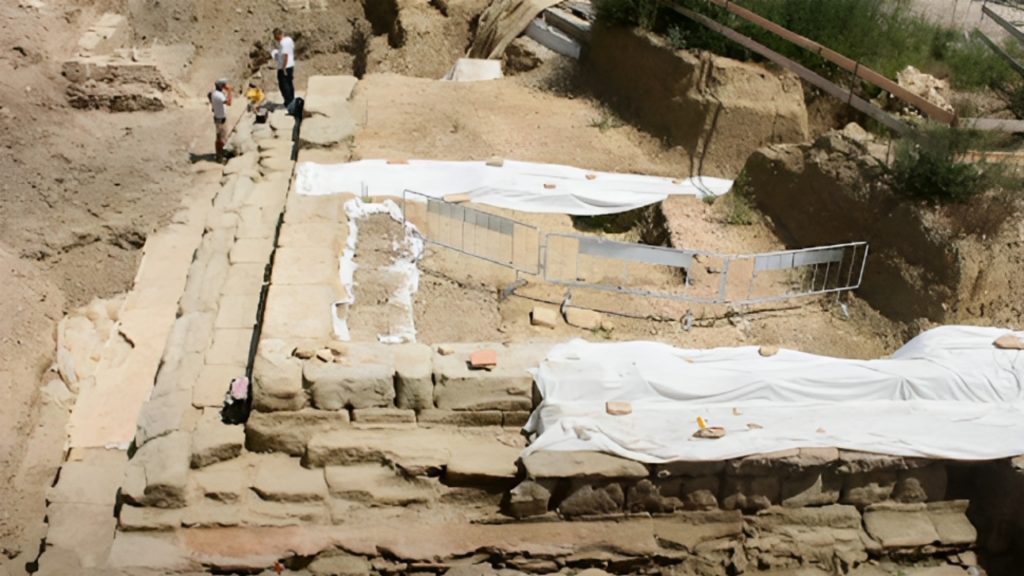
Federica Gonzato, the superintendent of fine arts, archaeology, and landscapes for the provinces of eastern Emilia Romagna, was beside himself with excitement over the discovery. In an interview, he expressed how rare a find the temple is, given how well preserved the stones were.
The Temple Itself is a Remarkable Find
The state of the temple is remarkable for the fact that it has survived as intact as it has for centuries. In the past, Gonzato explained that temples like this were often the target for sackings, enemy invasions, and plunders across the years.
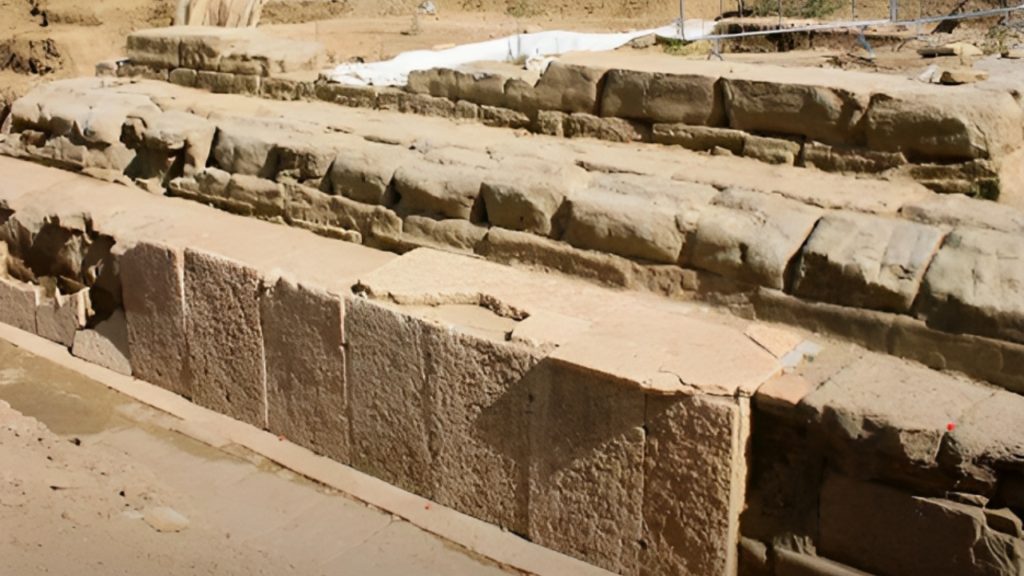
Temples such as this one were regularly plundered and exploited, with their treasures taken and their stonework ultimately disassembled to be used elsewhere. The stonework was often used in new homes in other places, and the temples forgotten to the sands of time.
More To Come, Surely
This temple is likely not the final discovery of temples and underground secrets in this part of Italy. In an interview, Gonzato stated that the nearby province, Ravenna, was also once the home of the Umbri. They were incorporated as allies to the Roman Republic in 89 BCE, and it was from there that Julius Caesar gathered his forces and crossed the Rubicon.
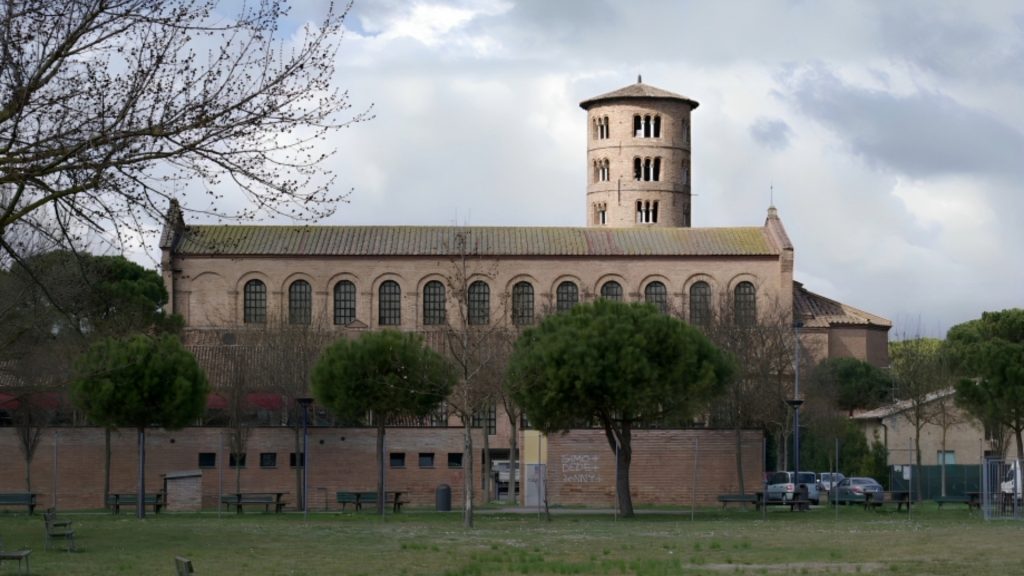
The history of Rome is fascinating, and not just for what can be seen and discovered. The impact that Rome and Italy as a whole had on world events in the early centuries is impossible to truly quantify, and discoveries like the underground temple only serve to emphasize how much we still don’t know.
A Stunning Curiosity to be Unpacked
As far as the planned sports center and supermarket, officials in Sarsina state that the plans are still on, but there will be some obvious modifications. With the appearance of the temple and the ongoing excavations, officials state that the building of the supermarket complex will be pushed back, and will be redesigned to account for and honor the newly discovered temple.

Sarsina is still a slow town, with very little to do outside of birdwatching and hiking, but the discovery of this temple brings back its history to the forefront, and then some. All eyes are on Sarsina as archaeologists study this temple and discover more about it, including the ways that it was reused in medieval times. Until more can be definitively stated, though, it’s an incredible finding, and a true curiosity for everyone involved

